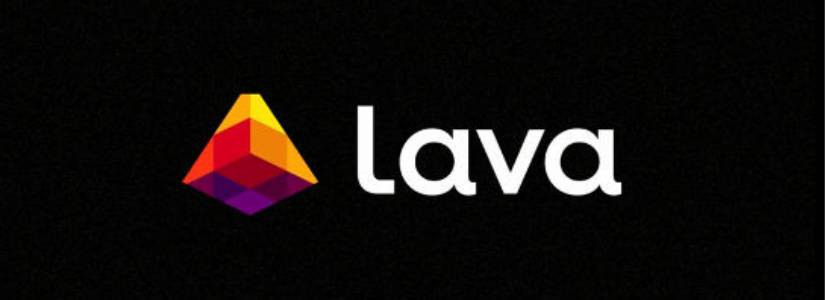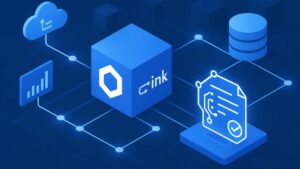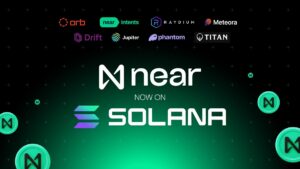TL;DR
- Lava Network launches public mainnet with support for Filecoin, Starknet, and Cosmos, and a $2 million incentive fund.
- Token strategy with a broader distribution and a Dex-first approach instead of the traditional “CEX-first” model.
- Lava solves reliability and speed issues when interacting with blockchains, offering a robust infrastructure.
Lava Network has taken a major step forward with the launch of its public mainnet, marking a milestone in the development of modular and decentralized blockchain infrastructure.
This launch comes as a response to the growing need for high-quality and reliable access to blockchains, a problem that has been persistent over time.
Introducing Lava Public Mainnet.
This is a radical new approach to launching a blockchain in the modular era.
– Market-derived FDV
– Focused airdrop to 70k users
– Dex-first on Uniswap v3, Arbitrum (LIVE NOW)Eruption.https://t.co/8bxbUvXXTp pic.twitter.com/CESxFeWIwd
— Lava Network 🌋 (@lavanetxyz) July 30, 2024
Over the two years since its inception, Lava has evolved from a small idea in a very different crypto environment, to an advanced solution for improving the connectivity and performance of decentralized applications.
The Lava Network has partnered with major projects such as Filecoin, Starknet, and Cosmos, and has launched a $2 million incentive fund to motivate mainnet participants.
This approach aims not only to attract high-quality infrastructure providers, but also to encourage active participation and decentralization in the network.
The launch includes an innovative LAVA token distribution strategy, which moves away from the traditional “CEX-first” model with low float and high inflation. Instead, Lava has opted for a “Dex-first” model with a high initial offer, a limited total supply, and an airdrop targeting active users and community members.
The Lava Network is structured around two main components: a blockchain based on the Cosmos SDK and an off-chain protocol that enables direct communication between RPC service providers and consumers.
The Lava blockchain uses a delegated proof-of-stake system, where RPC providers must register their nodes by staking LAVA tokens.
Consumers, such as decentralized applications and wallets, get a list of providers based on geolocation, stake size, and quality of service. The off-chain protocol ensures that the RPC service continues even if the Lava chain is stopped, thus ensuring reliable and continuous connectivity.
Lava’s new approach to token launch
Lava Network is making a significant difference in the way it launches its tokens, taking an approach that prioritizes decentralization and community participation over the interests of venture capitalists.
This radically different approach, reminiscent of early launches of protocols like Ethereum and Bitcoin, seeks to create a more accessible and sustainable network. By offering a high initial float and a limited total supply, Lava is demonstrating its commitment to creating a blockchain infrastructure that is not only robust, but also inclusive.
Lava’s infrastructure is designed to address critical issues in interacting with blockchains, such as reliability and connection speed, which have impacted user experience in the past.
With its public mainnet, Lava is not only establishing an advanced platform for blockchain access, but is also inviting the crypto community to actively participate in expanding and improving its ecosystem.
The network is looking for contributors, node operators and developers willing to contribute to a new era of innovation and decentralized participation.











